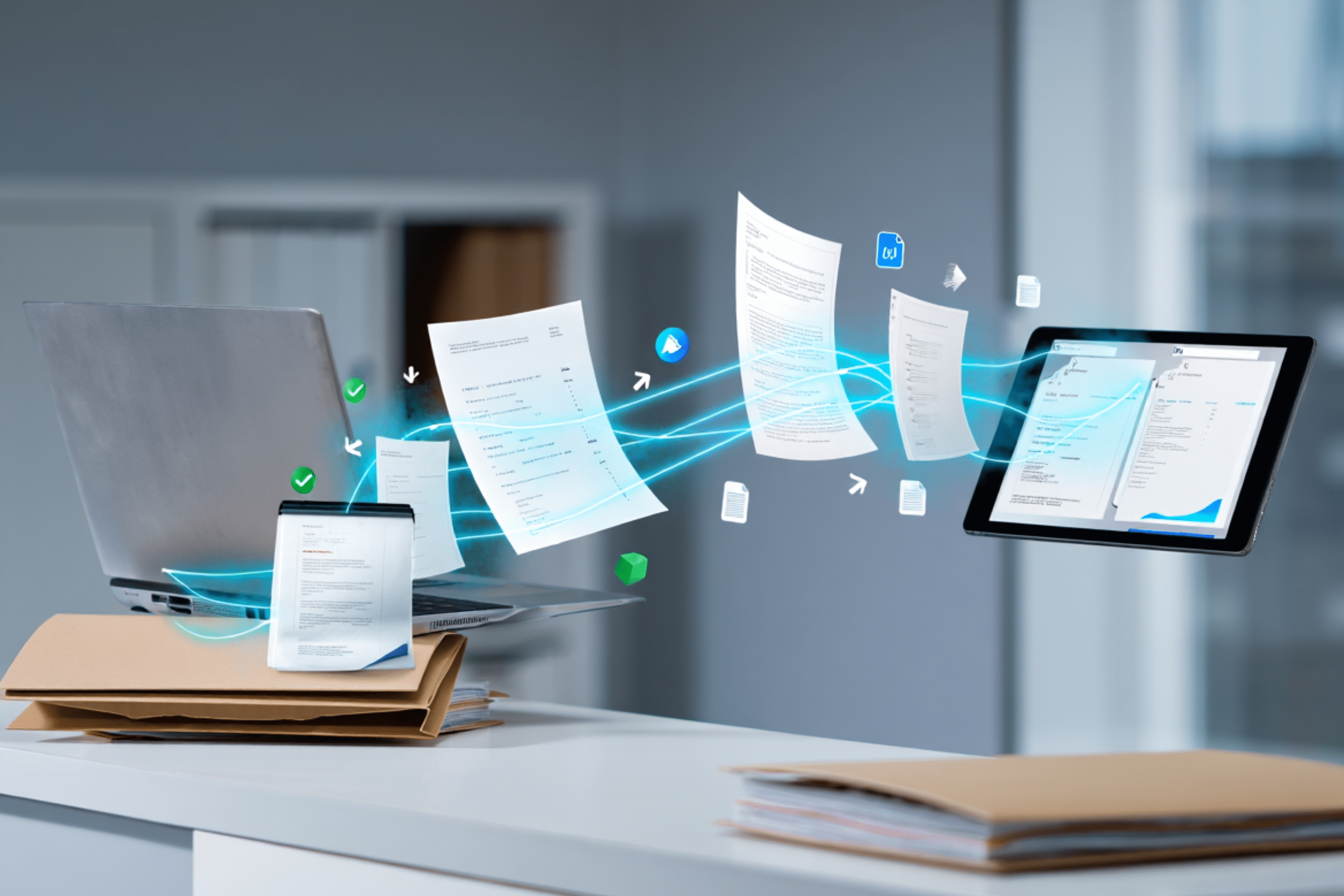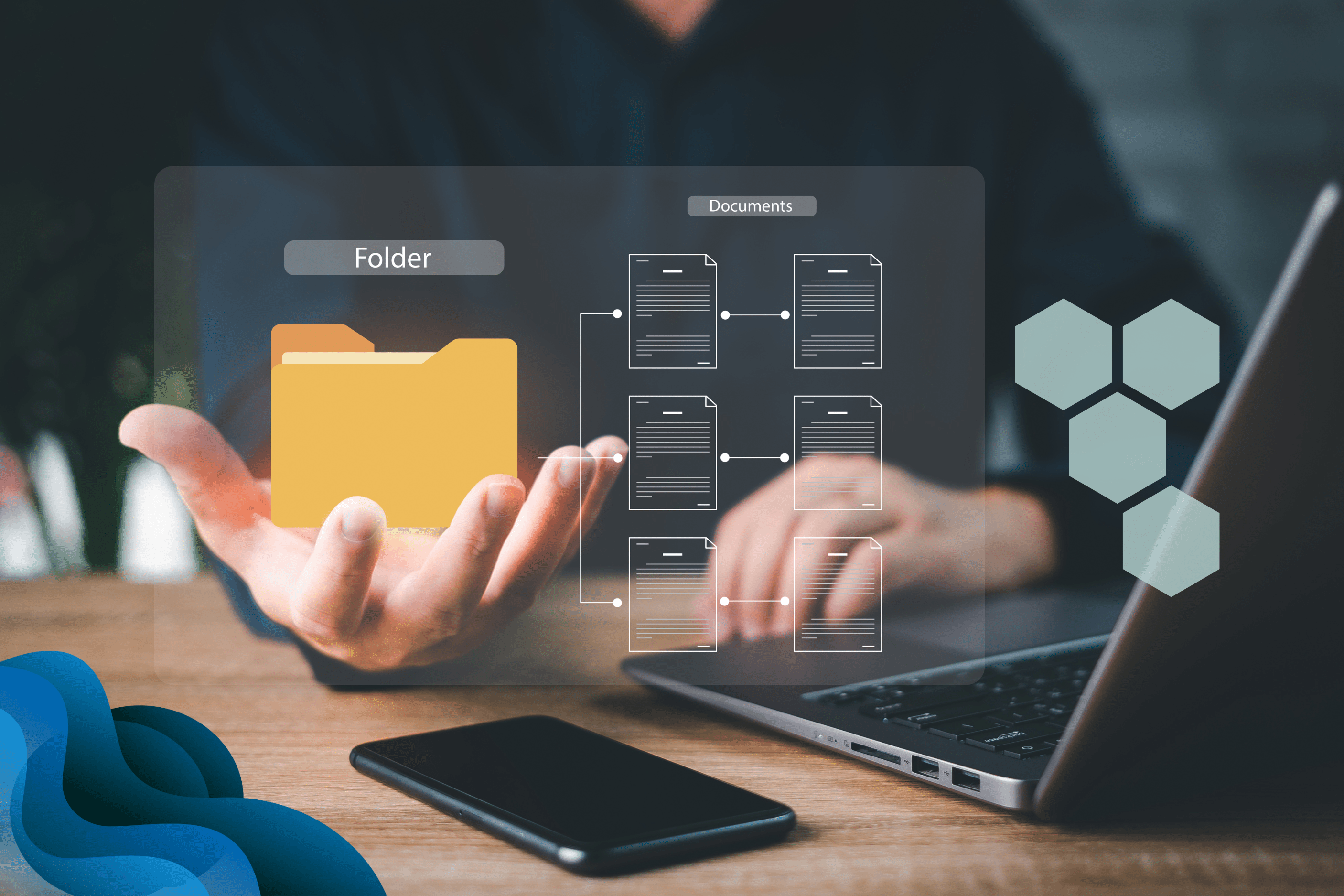How to Leverage Vendor Data to Boost Procurement Decisions
In today’s fast-paced business environment, procurement professionals are turning to data-driven decision-making to enhance their strategies and outcomes. Organizations can optimize procurement processes, improve supplier relationships, and drive greater value by leveraging vendor data. This blog post will explore practical approaches to harnessing vendor data for better procurement decisions.
Understanding the Importance of Vendor Data
Vendor data encompasses various information that can significantly influence procurement decisions.
| Vendor Data | Actionable Step | Use Case |
|---|---|---|
| Cost Data: Information on costs associated with goods and services. | The team can renegotiate contracts for cost transparency or switch to a supplier with a lower TCO, factoring in all associated costs beyond the purchase price. | Cost data analysis reveals that the total cost of ownership (TCO) for a supplier is higher than anticipated due to hidden logistics and administrative costs. |
| Demand Data: Historical demand patterns that inform future purchasing needs. | The team can use this data to forecast demand more accurately and negotiate better terms by planning purchases during off-peak times. | Historical demand data shows that certain goods experience seasonal spikes in demand, which leads to stockouts and rushed, costly reorders. |
| Market Data: External factors such as market prices and economic indicators. | The procurement team can use this data to find alternative sourcing locations or negotiate long-term contracts before prices increase further. | External market data reveals a sharp increase in the cost of raw materials from a specific region. |
| Supplier Performance Data: Metrics on delivery times, quality, and compliance. | The team could re-evaluate the supplier relationship, negotiate stricter performance terms, or start a dual-sourcing strategy with an alternative supplier to mitigate risks of delays or poor quality. | A procurement team notices that one of their suppliers consistently misses delivery deadlines or provides subpar product quality. |
| Spend Data: A breakdown of expenditures across suppliers and categories, revealing cost optimization opportunities. | The team can consolidate purchases to a preferred supplier with the best terms or renegotiate contracts for volume discounts. | Spend analysis shows procurement is overspending by purchasing the same materials from multiple suppliers at different price points. |
| Transactional Data: Insights from purchase orders, invoices, and receipts. | The procurement team can automate purchasing for routine orders or set up blanket purchase agreements to streamline ordering. | Transactional data shows a high volume of low-value, high-frequency purchases that increase administrative overhead. |
Key Benefits of Leveraging Vendor Data
1. Improved Decision Making: By utilizing vendor data, procurement professionals can make informed decisions based on historical trends and real-time insights, leading to better outcomes in supplier selection and contract negotiations.
2. Stronger Supplier Relationships: Organizations can identify improvement areas and collaborate with suppliers to enhance service delivery by monitoring supplier performance through data analysis.
3. Risk Mitigation: Access to comprehensive vendor data allows procurement teams to identify potential risks in the supply chain and take proactive measures to address them.
Now that we’ve highlighted the key benefits of leveraging vendor data, let’s explore practical strategies for procurement teams to fully realize these advantages.
Strategies for Effective Data Utilization
1. Collecting and Managing Data
To leverage vendor data, organizations must first collect the appropriate information from various sources. This involves:
○ Identifying relevant data sources (internal systems like ERPs and external market data).
○ Ensuring data accuracy and consistency across platforms.
○ Centralizing data storage for easy access and analysis.
2. Analyzing Data for Insights
After data collection, the next step is analysis. Procurement teams should:
○ Use advanced analytics tools to identify patterns in spend, supplier performance, and market conditions.
○ Use predictive analytics to forecast future needs based on historical trends.
○ Regularly review insights to adapt procurement strategies to changing market dynamics.
3. Fostering a Data-Driven Culture
Creating a culture that values data-driven decision-making is essential for successful implementation. Organizations should:
○ Train procurement teams on data analysis techniques and tools.
○ Encourage collaboration between departments to share insights and best practices.
○ Promote transparency in data-driven decision-making processes.
Real-World Success Examples
Several organizations have successfully implemented data-driven procurement strategies:
○ Coca-Cola analyzed spend data to consolidate suppliers and renegotiate contracts. This resulted in significant cost savings over three years.
○ Procter & Gamble utilized supplier performance metrics to enhance collaboration with key suppliers, improving service quality.
○ Walmart employed predictive analytics to optimize inventory management, reducing costs and improving efficiency.
Conclusion
Incorporating vendor data into procurement strategies is essential for competitiveness. Procurement teams unlock significant value from vendor relationships by focusing on effective data collection, analysis, and fostering a culture of informed decision-making.
With features designed to streamline data collection, enhance supplier performance, and optimize spending, ADAM empowers procurement teams to make informed choices that drive value. Explore how ADAM can transform your vendor management strategy today.
Stay updated on insights, trends, and updates geared for the procurement community delivered to your inbox.
Up next
See ADAM in action.
Get started and our friendly team will take care of the rest.
Explore how ADAM can transform your vendor management strategy today.





